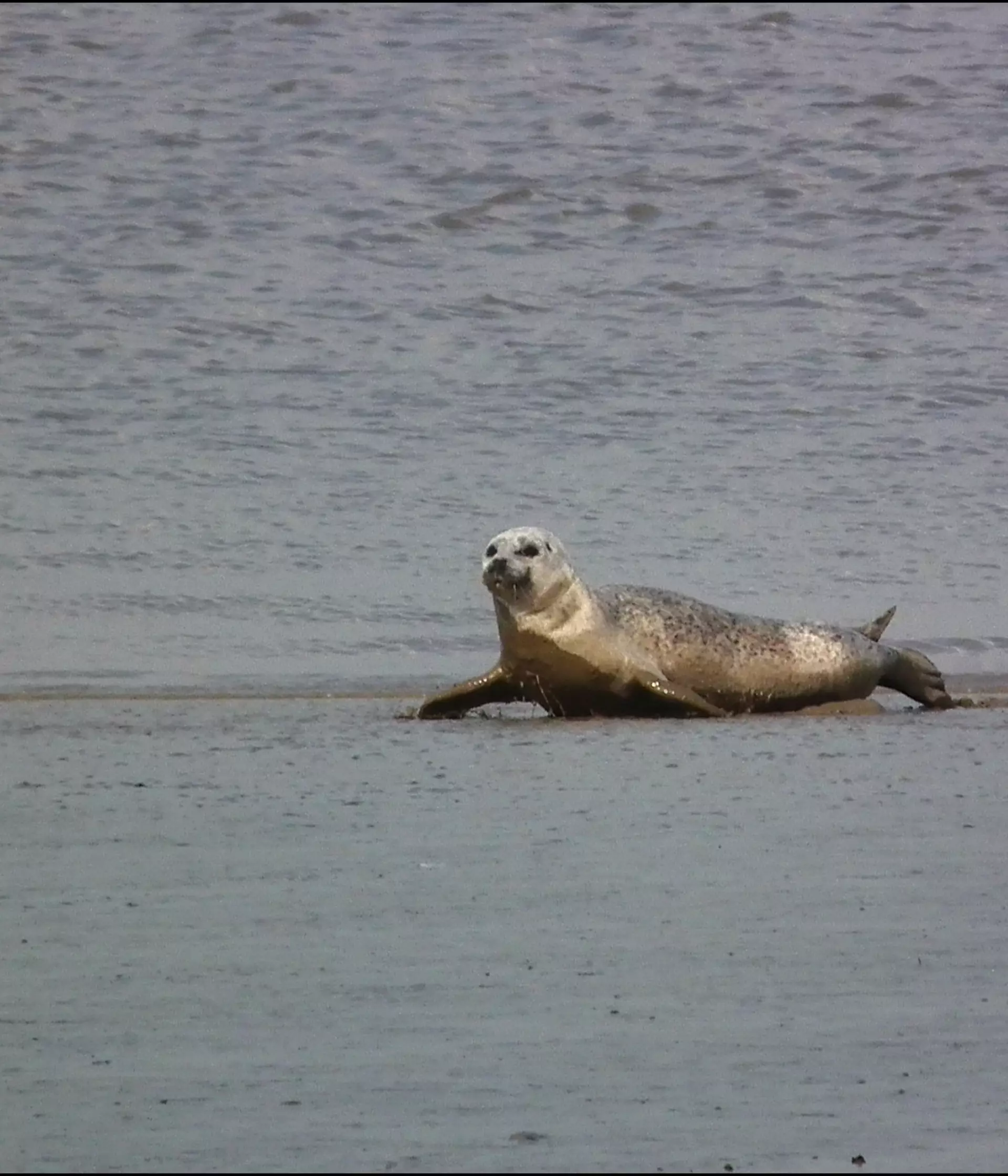ZSL
Zoological Society of London
More than a thousand Londoners have helped the Zoological Society of London with efforts to conserve marine mammals in the Thames Estuary by spotting more than 2,700 seals, porpoises, dolphins and whales over the past 10 years.
The ZSL Thames Marine Mammal Sightings Survey, which launched in 2004, was designed to help conservationists develop a better understanding of how marine mammals use the Thames Estuary, in order to help conserve them.
Joanna Barker, European Conservation Projects Manager at ZSL, said: "People are often surprised to hear that marine mammals are regularly spotted in Central London. As a top predator, their presence is a good sign that the Thames is getting cleaner and supporting many fish species. The presence of these animals is also a great example of how urban environments are important for wildlife."
Highlights from the 10 year report published today (Thursday 20 August) include:
- More sightings were reported around Canary Wharf than any other area along the Thames Estuary
- Many sightings were recorded in Central London, especially between the Houses of Parliament and the O2 Arena. Other sighting hotspots include Hammersmith, Southend-on-Sea and Cliffe
- Seals were seen as far upstream as Hampton Court Palace, harbour porpoises and dolphins as far as Teddington Lock and whales as far as Gravesend
- Harbour seals were the most commonly spotted marine mammal, with more than 1,000 animals reported over the 10 year period
- Marine mammals were found year-round throughout the Thames Estuary
- The majority of sightings lasted less than 2 minutes and were of marine mammals swimming
- 2013 saw the greatest number of sightings submitted (239 sightings)
- Most sightings were of individual animals, but occasionally large groups are seen: In September 2014 100 seals were spotted at Greenwich and in November 2014 30 pilot whales were spotted near Clacton-on-Sea
"We were pleased to see that harbour seals were some of the most commonly spotted mammals. Their numbers have dramatically declined in some parts of Scotland, so the fact that they are frequently sighted in the Thames Estuary confirms that the South East is an important area for their conservation," said Barker.
"It’s fantastic that so many people have got involved in the project – we rely on sightings to understand the whereabouts and behaviour of marine mammals in Central London. The more Londoners get involved, the more accurate our understanding of wildlife in the Thames will be. The survey is ongoing and we urge people to take part at www.zsl.org/inthethames"
A big thank you
Jo Barker has written a blog to thank all the citizen scientists who submitted their sightings. Read it here.
Get involved
If you've been lucky enough to see a marine mammal in the Thames, log your sighting at www.zsl.org/inthethames. Your information helps us understand how numbers of marine mammals are changing in the Thames, and enables us to better protect them.
Share the news
Spread the word about our report and encourage others to report sightings using #inthethames.
Download the full report
You can access the full report here.
Climate change and human activity have pushed our precious planet to its limit, causing the devastating loss of so many habitats and species. From lab to field, hands-on and behind the scenes, we’re leading the future of conservation, shaping agendas and influencing change to support better life, health and living for people and wildlife.
